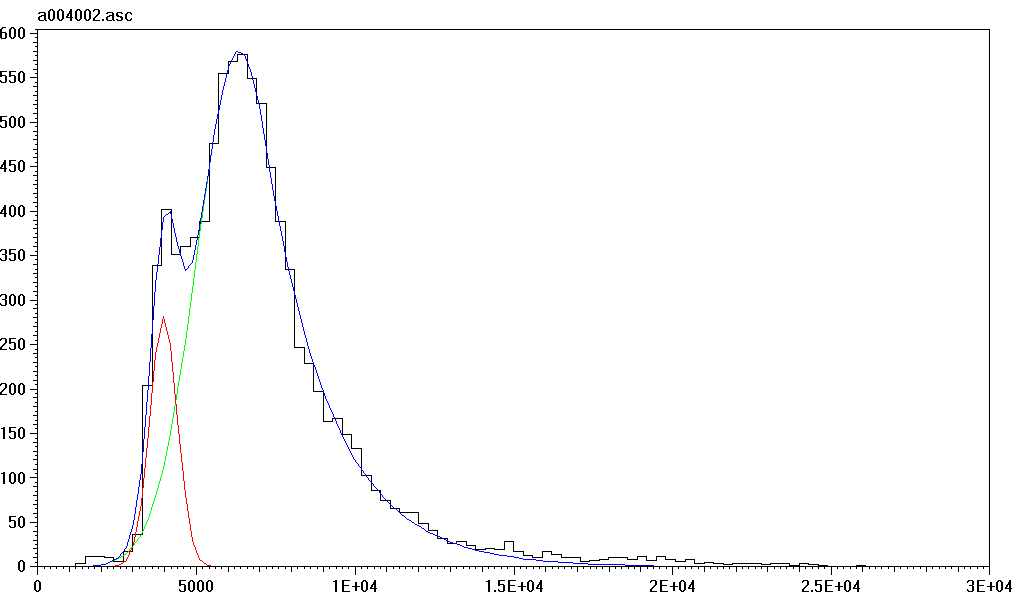F/T - Measurements with respect to the reflecting material
I used the standard setup for F/T - measurements (HIX-Tomography)
to compare the ability of Teflon, Millipore and Tyvek to reflect
UV light for to maximize the F/T - ratio. In fact the best F/T
ratio will be achieved without any wrapping, since nearly every
material absorbs rather UV light than visible light. On the other
hand light loss by transmission is related to the transparency
of the reflecting material, which for example is fairly high for
a single layer of Teflon and not to be seen for Millipore.
With two rectangular CsI crystals of 4cm2 x 20cm I started to
look for differences in the F/T -values.
But it will be of more importance to know, how much light of the
fast component can be collected to achieve a good energy resolution.
Therefore I fixed the EMI 9822QKB #59 tube (which was set at a
voltage of 1850V - as usual) in a light tight box and attached
the crystal without any grease but slight pressure to it. Doing
so I checked the reproducibility by rearranging the crystal to
be within 2% . Further systematically errors (like differences
in wrapping, gain instabilities of the PMT) are estimated to contribute
another 2% .Finally I looked for the statistical error. To do
so I generated a bunch of spectra with the same setup for several
changes in the numbers of event. In addition I looked for the
change of the muon response by producing more than 10 spectra
with identical settings during the weekend. The statistical error
with at least 2500 received events is about 1%.
So the total error appears to be 5% meanwhile the F/T-value is
not affected by positioning uncertainties and can considered to
be precise within 1% (relative). I did not bother to correct the
numbers for the temperature change, which has been within 2°C
and therfore less than the assumed error.
To be insensitive to random - non (single) muon related - pulses,
I fitted the spectra with a gauss-exponential curve as to be seen
in the following picture.

So far for setup and processing; now it's time to report results.
I examined mainly the properties of PTFE-foil ('Teflon'), Millipore-membrane
and Tyvek-paper, which I tried to improve with Kodak's White Paint.
The two rectangular crystals have already been coated with Teflon
AF, which I removed after the first set of measurements.

Tab: Results of using different white reflecting materials together
with rectangular CsI crystals. For the upper values also an 30
micron Teflon coating was applied. The newer results on the right
side refer to measurements, which has been taken out with one
layer of Millipore (.22mm poresize) and PTFE - wrapping of comparable
thickness ( 100mm); in fact it looks completely different now
looking at a 150um of Teflon and a 120 um layer of Millipore.
Now I simply took the center of gravity, so the absolute numbers
are higher.
So finally two layers of properly wrapped Teflon (PTFE) -foil
provides a F/T value close to the one of the bare crystal, and
- more important - appears to provide higher light output in the
UV-region as one layer of Millipore. Therefore - since both materials
are chemically similar - it seems to me, that one layer of Millipore
is not sufficient to provide good reflectivity, especially since
it is (nearly) impossible to get a close wrapping.
Even more dramatic is this effect on the Hexagon Crystals, because
this affects also the uniformity.
So both, the light yield and the uniformity claim that Teflon
should be used.
(More detailed results are following soon.)

Th. Flügel, 20 Mar 1995


